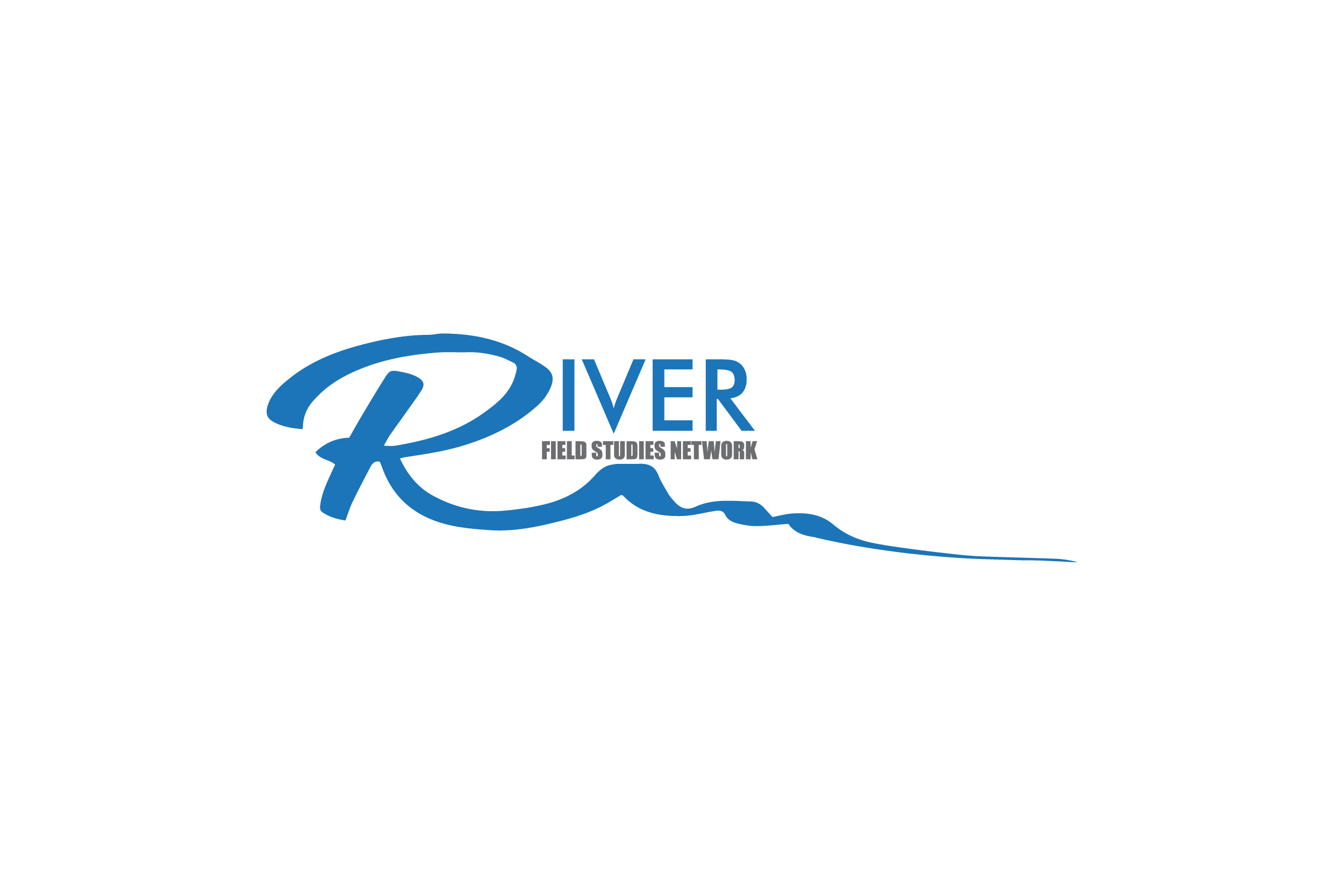Geography and Embodied Perceptions: a pathway to reanimating rivers through lived experiences.
Author(s): Flora Brain1, Christiana Saldana2
1. Mattole Restoration Council 2. California State University, Los Angeles
411 total view(s), 418 download(s)
Summary:
In this lesson students embark upon a journey through the many ways we come to know a watershed, with foci on its physical geography and our embodied perceptions. This enables students to formulate a holistic understanding of the value of…
Contents:
Geography and Embodied Perceptions Lesson Plan_2024.pdf(PDF | 4 MB)
Worksheet-Geography and Embodied Perceptions_2024.docx(DOCX | 520 KB)
Geography and Perceptions Lesson_Intro Video Part 1 Saldana.mp4(MP4 | 32 MB)
Geography and Perceptions Lesson_Intro Video Part 2 Brain.mp4(MP4 | 75 MB)
Geography and Perceptions Lesson -Additional Links.docx(DOCX | 22 KB)
- USGS Water Data for the Nation
- https://waterdata.usgs.gov/monitoringlocation/09504420/#parameterCode=00065&period=P365D
- https://www.tiktok.com/@azstateparks/video/7211341176299916587?_r=1&_t=8anODhWsOyJ
- https://www.fs.usda.gov/recarea/coconino/recarea/?recid=74380
- License terms
